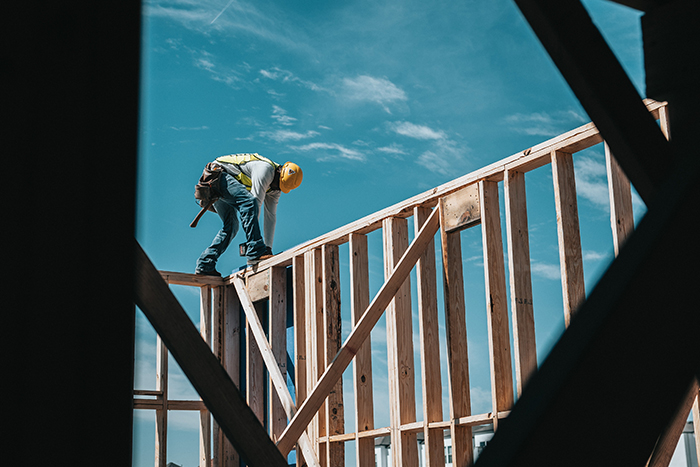It's burning up out there! The thermometer is reading temperatures that are not only uncomfortable to be in, but also can be dangerous or even fatal! The question of would one rather be inside sipping a cool drink or working outside in the extreme heat is easy to answer. I don't know too many people who would choose the latter.
Unfortunately, even on the hottest days there is still work to be done outside. Employers in the construction industry are faced with the dilemma of how to meet their production goals while keeping their workers safe.

What is Heat Illness and What Can You Do About It?
Heat illness is very real and can progress quickly from a treatable to a fatal condition. The good news is that it is preventable. Therefore, employers should be aware of what circumstances can lead to heat illness and how to avoid them.
Not only can this save the well-being of your workers, but it can also save you money. Having a prevention program for your employees will increase their productivity, lower your medical and emergency services costs and keep your workers' compensation premiums low.
During the Hiring Process
When hiring an employee, make sure to be aware of their physical limitations when it comes to working in increased temperatures. Make it a common practice to screen your potential workers for their ability to withstand heat.
Once You Have Hired Your Workers
Be aware of their health and physical capabilities. Consider the demands of the task they are working on and the conditions to which they are being exposed. Be prepared to make changes based on the health and safety needs of your workers.
Scheduling Around the Heat
Try to schedule your employees' most strenuous work early in the day. Also, advise them to eat lighter meals during their work shifts in hot environments. Heavy foods, especially in large quantities, strain the body's cooling system.
Help Employees Recognize Symptoms
Train your employees and supervisors on how to recognize the symptoms of heat-related illness and what to do if someone exhibits symptoms. The first stage of danger is heat exhaustion. Its characteristics are heavy sweating; slightly elevated body temperature; pale, clammy skin; headache, nausea or vomiting and unusual weakness, dizziness or fainting. Know where the closest hospital is located in case of emergency.
Hydration is Key
Water is really the key to preventing heat illness. Without it, our bodies have no way of cooling themselves. Make sure your employees have adequate amounts of water, and encourage them to stay hydrated. A good idea is to drink water every half hour, even if you are not thirsty.
What You Wear Matters
Encourage your workers wear light colored, cotton clothing that will "breathe". Give them frequent breaks in the shade and allow them to rest when they feel they are becoming overheated. Use the "buddy system" in the heat- never allowing your employees to work alone.

Good Employers Watch Out for Risks
The good news is that the risk of heat-related illnesses is limited to only a few months out of the year. Making use of the above ideas and helping your employees be aware of their physical limits can keep them safe until the cooler temperatures in the fall.
When you're ready to look at the many benefits of PEO services, give us a call. We specialize in the construction industry, and we know how to help employers lower their costs.